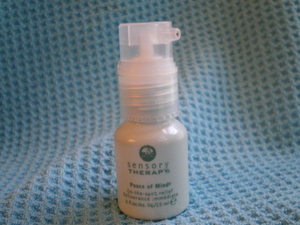Today, most automobiles come with an automatic transmission. Although people looking for better performance from their vehicles would want a manual transmission, most people who do not want to learn how to drive a manual would just go for automatic. While in driving, there is not much to do when you have an automatic transmission; it is different when it comes to preventive maintenance.
Some automakers would say that automatic transmission fluid does not need any changing, you should not believe it. Just like everything in a car, it has to be replaced at some time. After all, they would not manufacture automatic transmission fluid or ATF if people would not need them.
ATF could and would deteriorate because of the heat inside the transmission. This heat comes from friction and there is plenty of it once the vehicle starts running. If the temperature inside the transmission stays at 175 degrees Fahrenheit, then the ATF would take a long time to deteriorate which is about 100,000 miles of driving. But that happens only in a perfect world.
In reality, there are several things that could increase the friction inside the transmission thus raising the temperature of the fluid. For every 20 degrees Fahrenheit above the safe threshold that is 175 degrees, 50 percent of the ATF is stripped. So, if your automatic transmission’s interior temperature reaches 195 degrees, the lifespan of the ATF is halved to 50,000 miles.
Several things could lead to this increase of temperature one of which is stop and go driving. What it does is engage and disengage the clutch which means the friction inside the transmission is increased. Towing could also lead to increased transmission temperature as you are forced to drive at a lower gear ratio. This translates to the gears rotating faster to power the vehicle which could only mean added friction and ultimately, heat.
While automatic transmissions are designed in such a way that the ATF is cooled, you should not put too much faith on it. The cooling system of the ATF depends on the radiator which normally has temperature of about 180 degrees Fahrenheit. The fluid entering the “cooling” phase with a temperature of 300 degrees would leave the cooling cycle at 270 degrees. That is not enough.
To be sure that your ATF is being cooled properly, most mechanic recommend using an after-market cooling system. These systems can increase the cooling efficiency up to 50 percent. That is when these are used in series with the existing cooling system. Usually, these are easy to install and does not cost much if you compare it to the cost of having your ATF changed every few months.
When changing the ATF and you opt to do it yourself, make sure that you use the right ATF. Also, be prepared as it could be messy. Unlike changing the engine oil where there is a drain plug, there is none for the automatic transmission. You should be ready with a large collecting pan and make sure you use proper eye protection.





